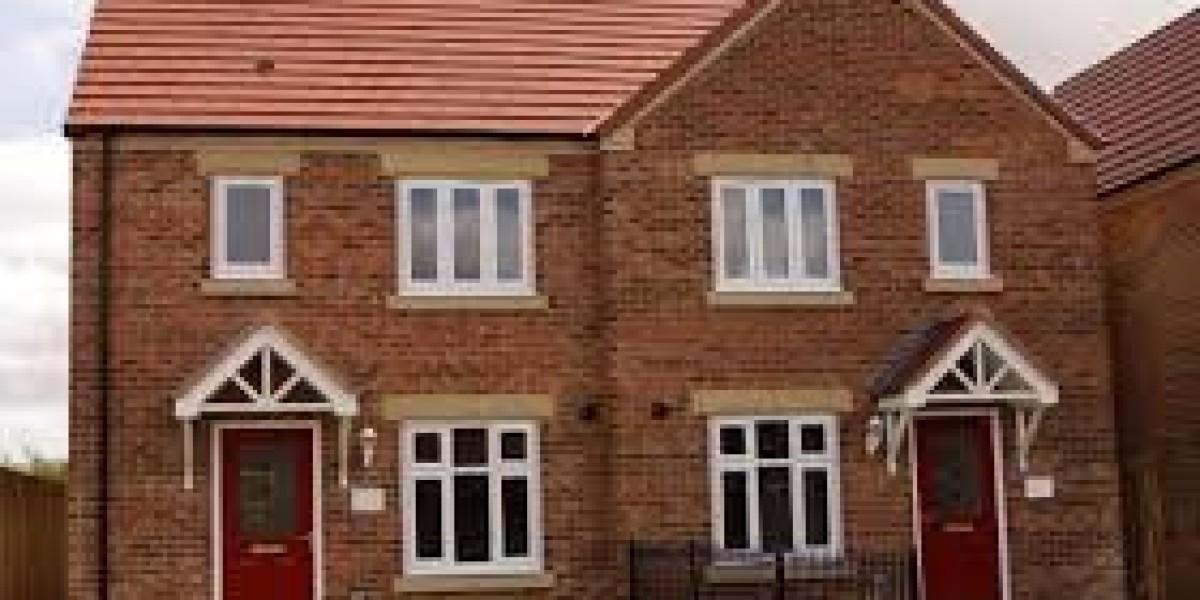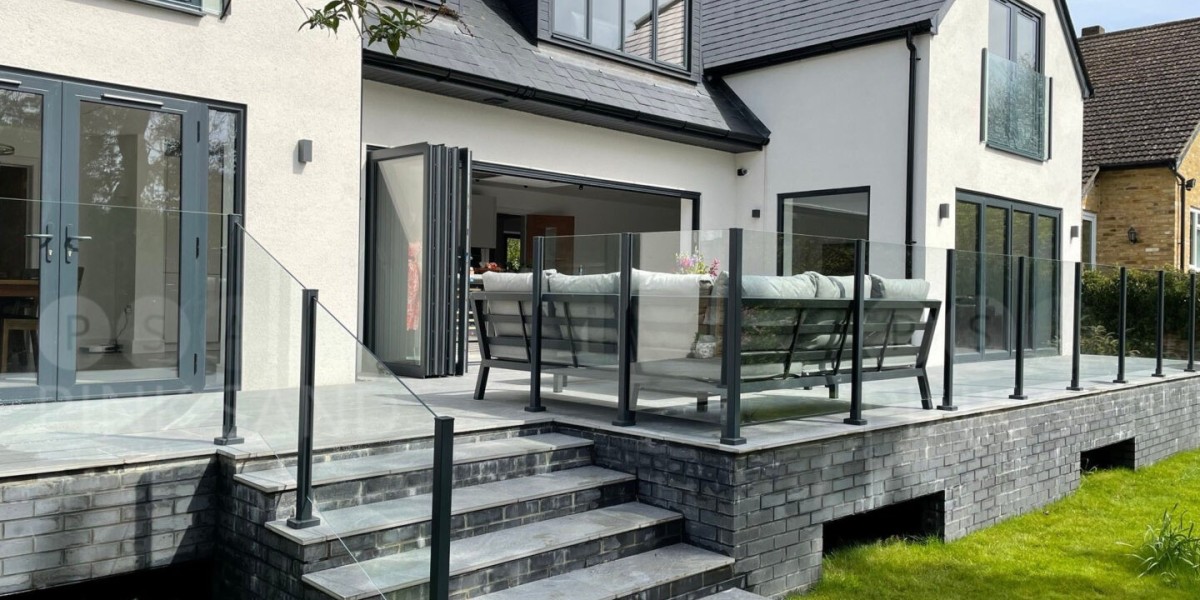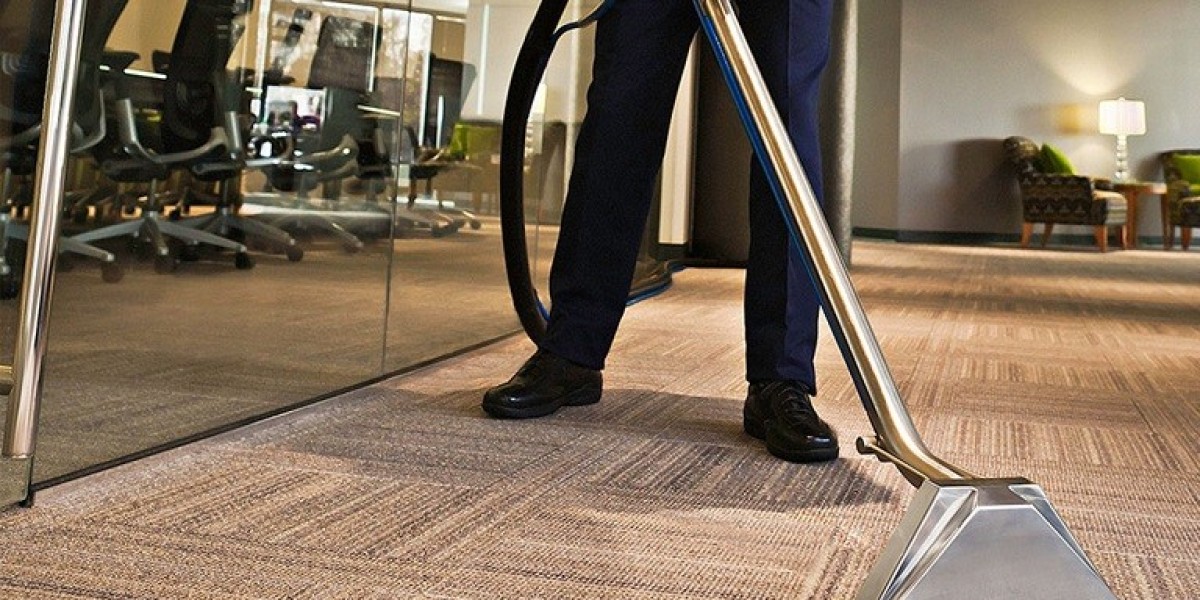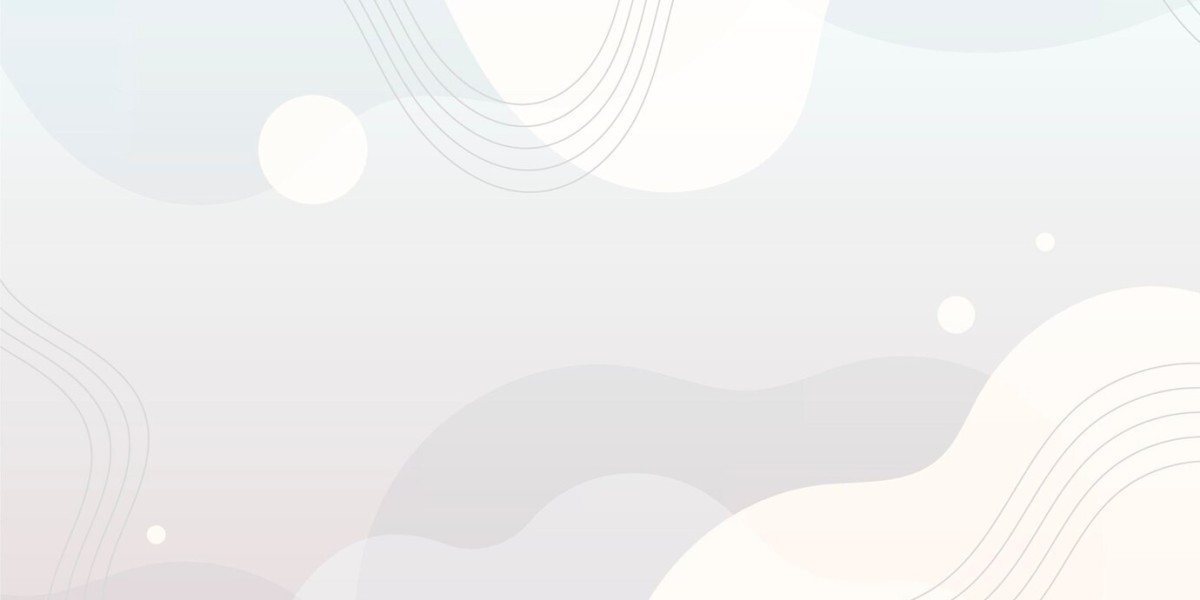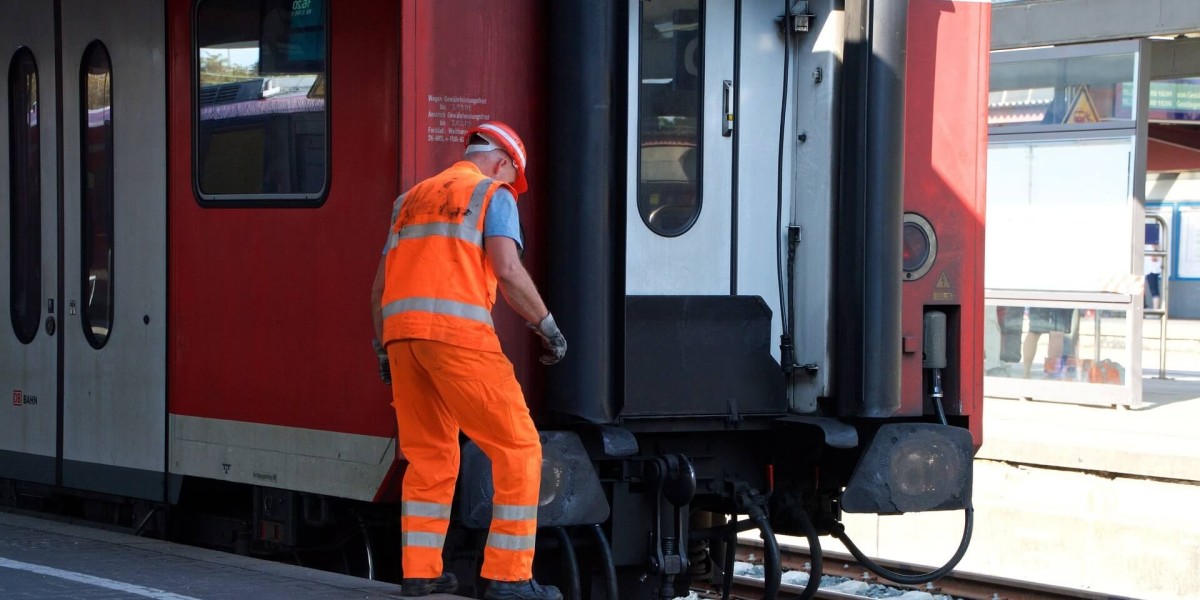Introduction
UPVC (Unplasticized Polyvinyl Chloride) windows have gained immense popularity in the construction and home improvement sectors due to their durability, energy efficiency, and low maintenance requirements. This report delves into the characteristics, advantages, disadvantages, and market trends of UPVC windows, providing a comprehensive understanding of their role in modern architecture.

What are UPVC Windows?
UPVC is a rigid form of polyvinyl chloride that does not contain plasticizers, making it an ideal material for window frames. UPVC windows are manufactured using a blend of PVC resin and various additives, which enhance their performance, durability, and aesthetic appeal. These windows are available in various styles, including casement, sliding, tilt-and-turn, and bay windows, catering to diverse architectural needs.
Characteristics of UPVC Windows
- Durability: UPVC windows are resistant to rot, corrosion, and weathering, which significantly extends their lifespan. Unlike wooden frames, they do not warp or crack over time, making them a reliable choice for homes in varying climates.
- Energy Efficiency: UPVC windows are excellent insulators, helping to maintain indoor temperatures and reduce energy consumption. They often come with multi-chambered frames and double or triple glazing options that enhance thermal performance.
- Low Maintenance: One of the most significant advantages of UPVC windows is their low maintenance requirements. They do not require regular painting or staining, and cleaning them is as simple as using soap and water.
- Sound Insulation: UPVC windows provide good sound insulation, making them suitable for homes in noisy environments. The multi-chamber design and the use of double glazing help to reduce external noise significantly.
- Aesthetic Versatility: UPVC windows are available in various colors and finishes, including wood-like textures, allowing homeowners to choose styles that complement their home’s architecture.
Advantages of UPVC Windows
- Cost-Effectiveness: Although the initial investment in UPVC windows may be higher than traditional wooden or aluminum frames, their long-term cost-effectiveness is notable. The reduced energy bills, low maintenance, and extended lifespan contribute to significant savings over time.
- Environmental Impact: UPVC is a recyclable material, and many manufacturers are adopting eco-friendly practices in their production processes. This makes UPVC windows a more sustainable choice compared to other materials.
- Security Features: UPVC windows can be fitted with advanced locking systems and reinforced frames, enhancing the security of homes. This is particularly important in urban areas where burglary rates may be higher.
- Fire Resistance: https://electionforecast.co.uk/clear-vision-why-glass-partitions-are-the-future-of-office-design/ UPVC frames are inherently fire-resistant, which can be a crucial safety feature in residential and commercial buildings.
Disadvantages of UPVC Windows
- Limited Color Options: While UPVC windows are available in various colors, the range is not as extensive as that of painted wooden frames. Some homeowners may find this limiting in terms of aesthetic choices.
- Thermal Expansion: UPVC can expand and contract with temperature changes, which may affect the seals and lead to potential leaks if not installed correctly. Proper installation is critical to mitigate this issue.
- Environmental Concerns: Although UPVC is recyclable, the production process involves the use of chemicals that can be harmful to the environment. This has raised concerns among environmentally conscious consumers.
- Less Traditional Appeal: For some homeowners, the aesthetic appeal of traditional wooden windows cannot be replicated by UPVC. This can be a significant drawback in heritage properties or areas with strict architectural guidelines.
Market Trends
The UPVC window market has been steadily growing, driven by increasing consumer awareness about energy efficiency and sustainability. The global UPVC window market was valued at approximately USD 20 billion in 2020 and is expected to grow at a CAGR of around 5% from 2021 to 2028.
- Technological Advancements: Innovations in manufacturing processes and design have led to improved performance characteristics of UPVC windows. Features such as smart glass technology and enhanced thermal insulation are becoming more common.
- Rising Demand in Emerging Markets: As urbanization continues to rise in developing countries, the demand for affordable and durable building materials is increasing. UPVC windows are being recognized as a viable option for new constructions and renovations.
- Government Initiatives: Many governments are promoting energy-efficient building practices through incentives and regulations. This has further propelled the adoption of UPVC windows, particularly in regions with stringent energy efficiency standards.
- Increased Competition: The growing popularity of UPVC windows has led to an influx of manufacturers in the market, resulting in increased competition. This has driven innovation and led to more competitive pricing for consumers.
Conclusion
UPVC windows represent a significant advancement in window technology, offering a range of benefits that cater to the needs of modern homeowners and builders. Their durability, energy efficiency, and low maintenance make them an attractive option for residential and commercial applications. However, potential buyers should consider the disadvantages and ensure proper installation to maximize their benefits. As market trends continue to evolve, UPVC windows are likely to remain a staple in the construction industry, contributing to sustainable building practices and enhanced living environments.
In summary, UPVC windows stand out as a practical choice for those looking to balance aesthetics, performance, and cost-effectiveness in their window solutions. The ongoing advancements in technology and the growing emphasis on sustainability will further solidify their position in the market for years to come.

